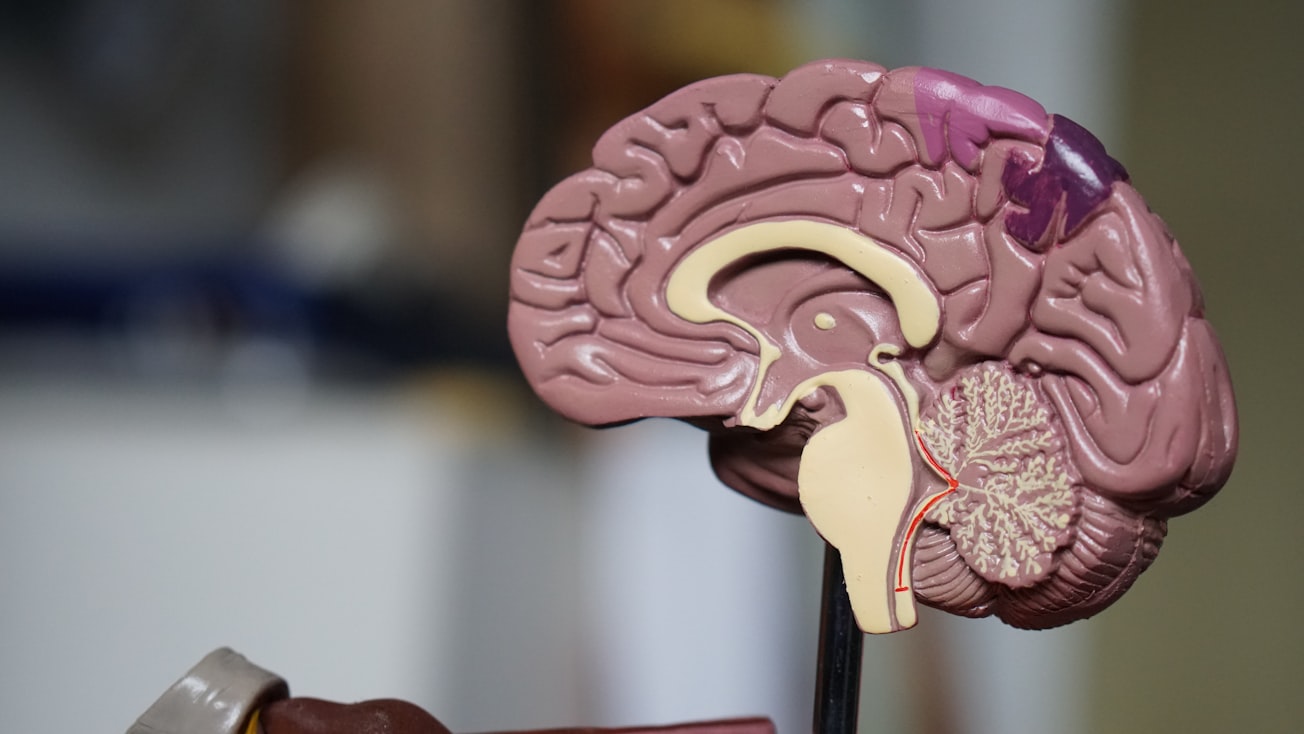What is it about?
In the recent article, Bjørkli and her colleagues describe a new method where they can take spinal fluid samples from ventricles in the brains of the genetically modified mice. The researchers looked for substances or molecules in these fluid samples that are common signs of Alzheimer’s. These are called biomarkers. Amyloid-β (Aβ) and a protein called tau are examples of these. They found that the biomarkers in the mouse model they used showed similarities in disease progression with biomarkers found in human patients.
Featured Image

Photo by Robina Weermeijer on Unsplash
Why is it important?
New findings show how experiments with animals can provide helpful information to understand Alzheimer’s and learn how we can better fight the disease.
Perspectives
“We’ve shown that results from animal testing are transferable to humans”
Christiana Bjorkli
The Norwegian University of Science and Technology
Read the Original
This page is a summary of: In Vivo Microdialysis in Mice Captures Changes in Alzheimer’s Disease Cerebrospinal Fluid Biomarkers Consistent with Developing Pathology, Journal of Alzheimer s Disease, December 2021, IOS Press,
DOI: 10.3233/jad-210715.
You can read the full text:
Contributors
The following have contributed to this page










